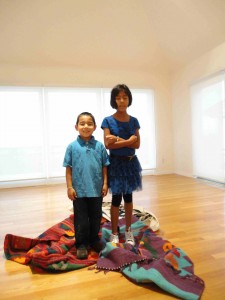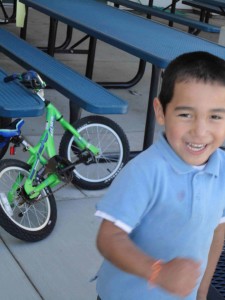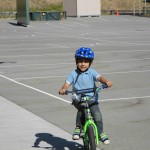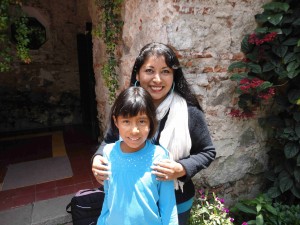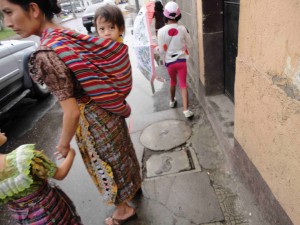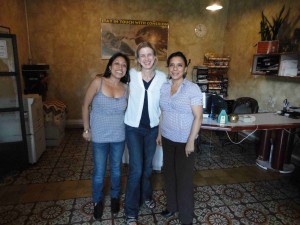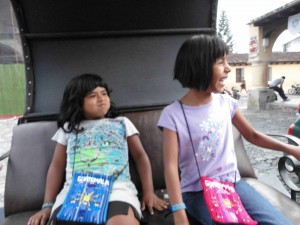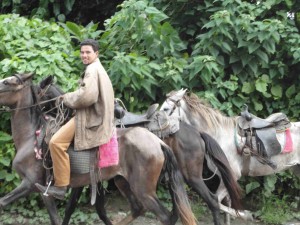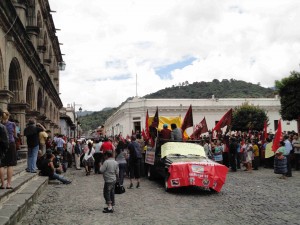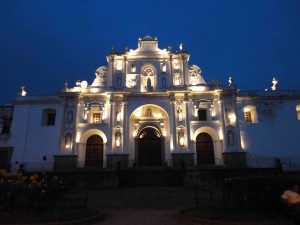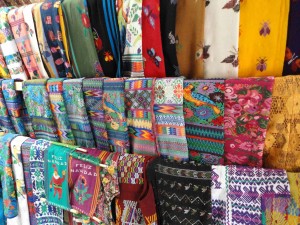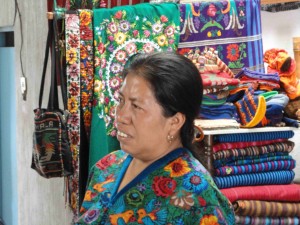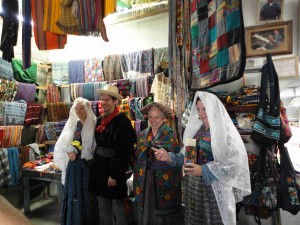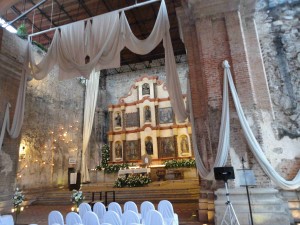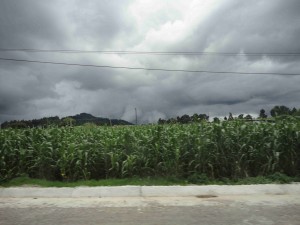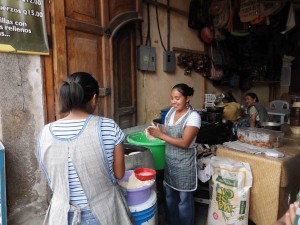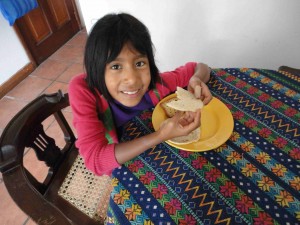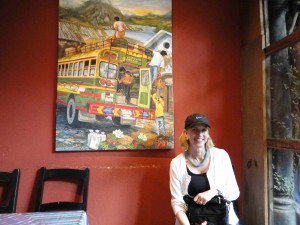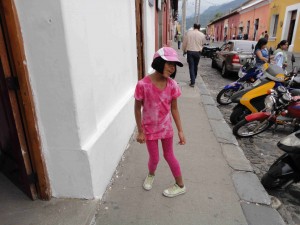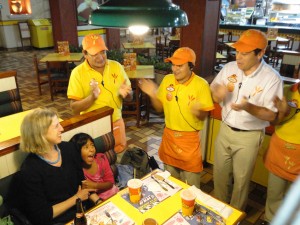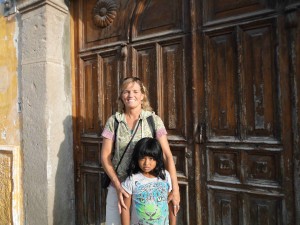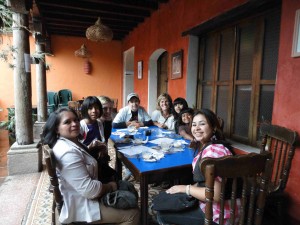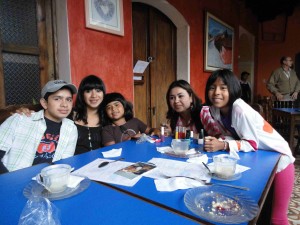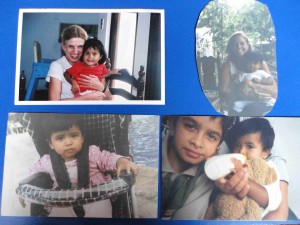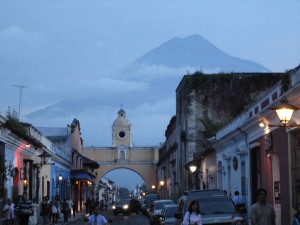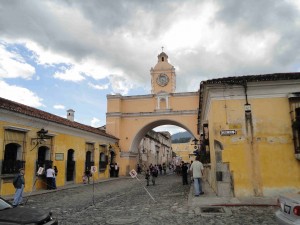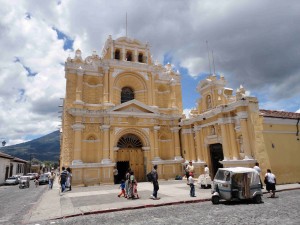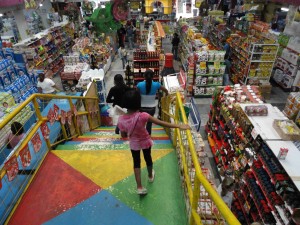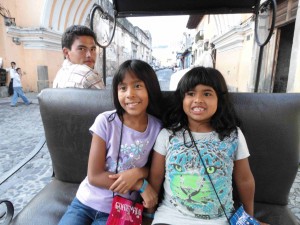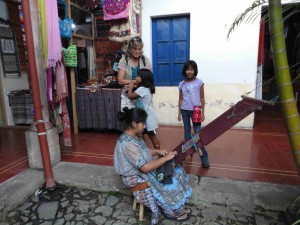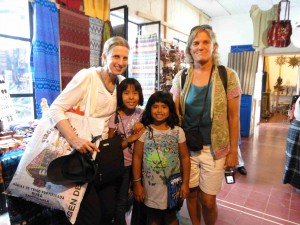POV, PBS-TV’s award-winning non-fiction showcase, will air Wo Ai Ni (I Love You) Mommy, a documentary by Stephanie Wang-Breal, tonight, August 31. Check your local listing for details. The film tells the story of an eight-year-old orphan from China, Fang Sui Yong, and the Sadowskys, the family in Long Island who adopts her. The PBS Synopsis asks: “What is it like to be torn from your Chinese foster family, put on a plane with strangers and wake up in a new country, family and culture?” Good question, and one many of us ask regarding our children from Guatemala.
The film has already generated controversy among some in the adoption community, who criticize the adoptive family as not being accommodating and understanding enough to their new daughter. I haven’t seen the film, so I’m not qualified to comment. I will say that I admire the Sadowskys for allowing director Stephanie Wang-Breal to film them during what is, for many adoptive families, the most stressful period of their lives–the first days and weeks after their children arrive. (Stressful for parents and children.)
I’m posting here a short interview with Terrell Brown, director Wang-Breal, and Donna Sadowsky, the adoptive mom. I especially like when Wang-Breal says her intent was to reveal the “complicated layers” of international adoption. That’s how adoption feels to me—layered and complicated—so I’m interested in seeing Wang-Breal’s interpretation.
Among other awards, Wo Ai Ni Mommy garnered “Best Documentary Feature” from the San Francisco International Asian American Film Festival 2010. The film will be online at pbs.org September 1, 2010 through November 30, 2010. I’d love to hear reactions from anyone who watches.



 ShareThis
ShareThis